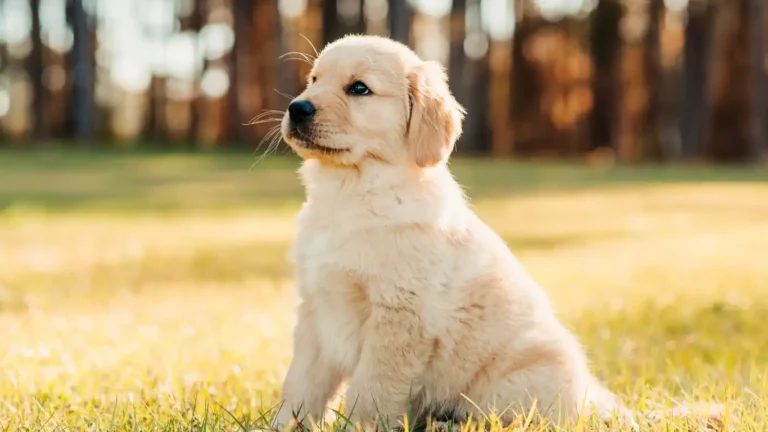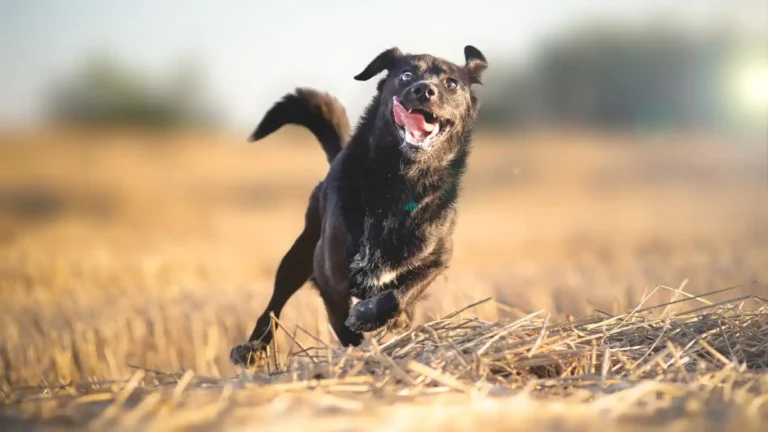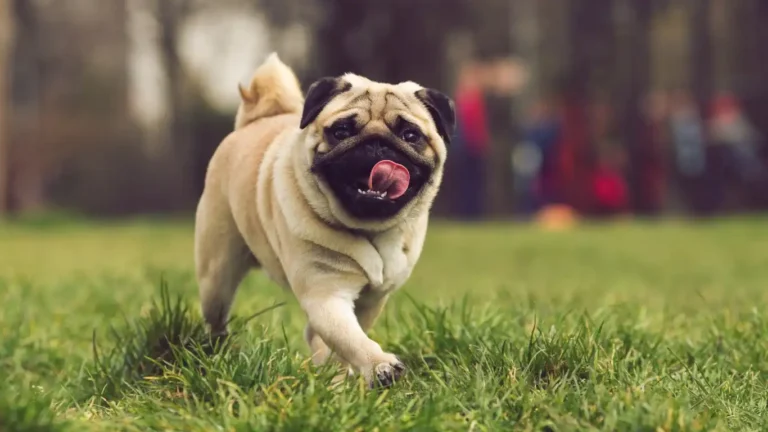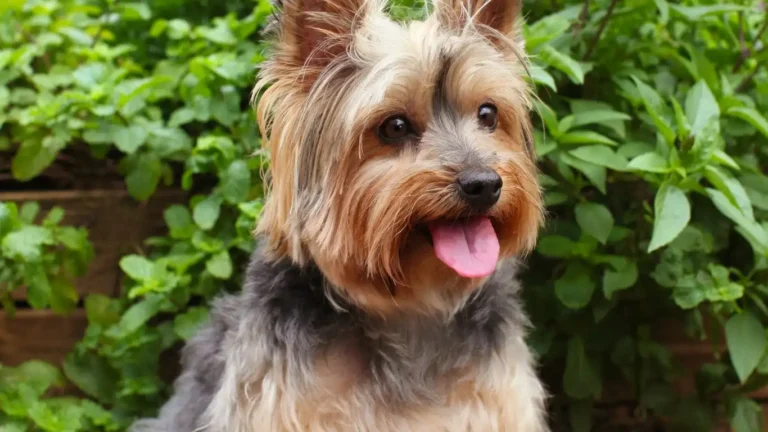Easy Ways to Introduce Dogs to a New Walking Route Without Stress
Ever wondered how to introduce dogs to a new walking route without it turning into a sniff-and-panic marathon? I get it. As a veterinary technician and nurse who’s spent years helping pups (and their humans) make the most out of their walks—especially when it comes to nutrition, behavior, and routine—I’ve seen firsthand how something as simple as changing a route can either spark a dog’s excitement… or anxiety. And let’s be honest, some of our four-legged friends are dramatic about it. Introducing a new walking route doesn’t have to be stressful—for you or your pup. Let’s dig into what works, what doesn’t, and how to make it a smooth and fun adventure for both of you.
Why Changing Your Dog’s Walking Route Matters
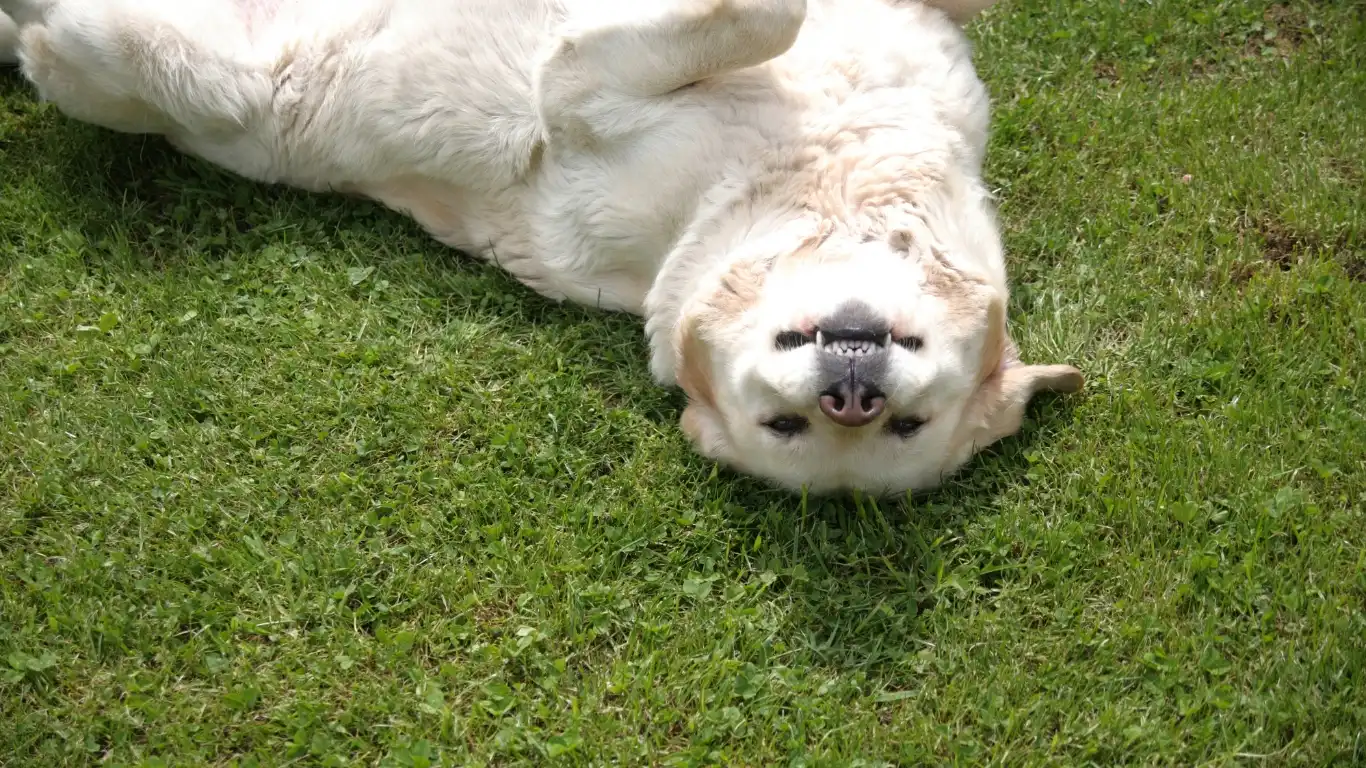
Switching up your dog’s daily route might seem minor, but it can actually be super beneficial—for their brain, body, and behavior. Think of it like this: you wouldn’t want to walk the same block every day for the rest of your life, right? Dogs are no different. New sights, smells, and surfaces engage their senses and keep their brains sharp.
From a nutritional and behavioral standpoint, I’ve noticed that dogs who get variety in their exercise routine often show better digestion (yep, even pooping improves), fewer stress behaviors, and sometimes even healthier appetites. Crazy, right? All that from a route change. But here’s the kicker: you have to introduce it the right way.
Start Slow and Read the Room—Or in This Case, the Leash
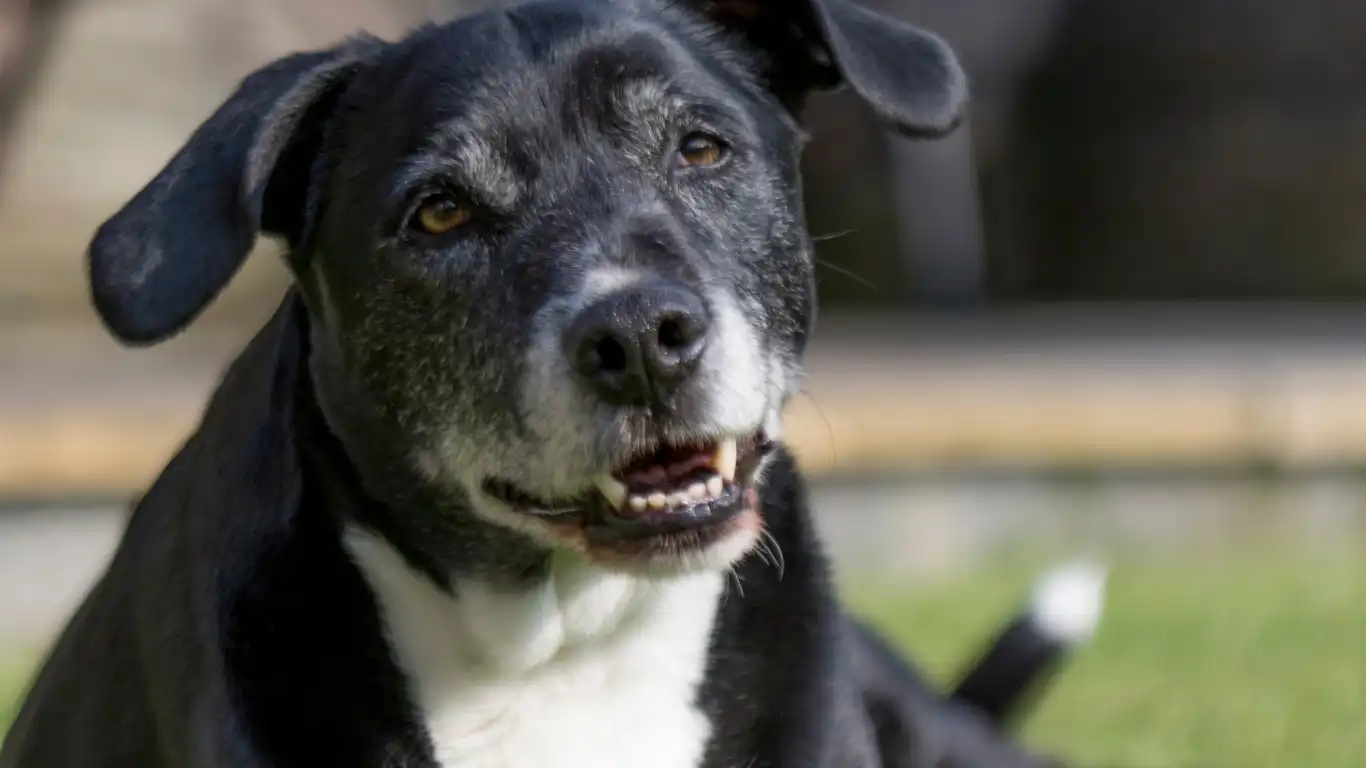
Understand Your Dog’s Personality
Before you even consider a new trail, park, or sidewalk, think about your dog’s temperament. Is your pup a confident adventurer or a nervous nelly? Some dogs get pumped over new places, while others act like you’ve dragged them into another dimension. I’ve worked with pups who practically prance down a fresh path like they’re on a doggy runway, and others who plant their butts firmly until we turn around. Totally normal.
- Confident dogs: Great candidates for exploring unfamiliar environments quickly. Just keep a close eye on excitement levels.
- Shy or reactive dogs: Might need a slower introduction. Keep things short and sweet at first.
Let Curiosity Lead
One little trick I swear by? Let your dog sniff their way into the new space. Seriously. Give them a loose leash, and let their nose take the wheel. Dogs interpret the world through smell, so sniffing builds familiarity and confidence in strange environments. Plus, it burns mental energy—bonus!
Pro tip from the vet tech trenches: Bring high-value treats to reinforce calm behavior and boost confidence when encountering new sights or sounds (think bicycles, strollers, or squirrels with a vendetta).
Prepping for the New Route Like a Pro
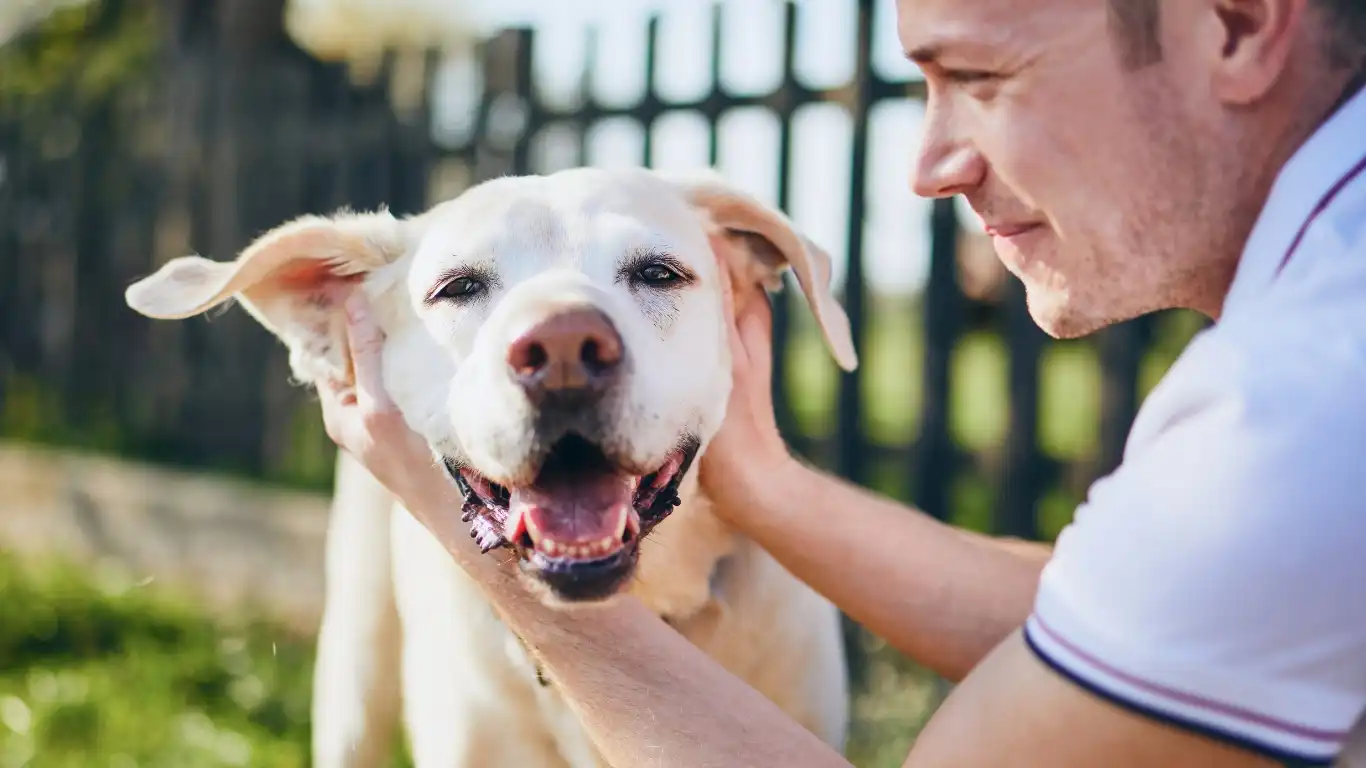
Pack Smart, Not Just Snacks
Whether you’re hitting a wooded trail or just heading five blocks over, it pays to be prepared. I’ve seen way too many pup parents get caught off guard because they assumed “it’s just a short walk.” Nope. Every walk is a mini mission.
- Water: Especially if the weather’s warm or the walk is longer than usual.
- Treats: Use ‘em for rewarding calm behavior or redirecting nervous energy.
- Paw balm or wipes: New surfaces (hot pavement, gravel) can irritate sensitive paws.
- Poop bags: Always. You never know when nature will call.
One time, I forgot poop bags on a new route and, of course, my dog chose the one neighbor’s yard that had security cameras. Learn from my shame—double-check your supplies.
Map the Route Mentally (Or Literally)
Don’t just wing it. At least for the first time, scope out the new route yourself or on Google Maps. Look for potential distractions or stressors like loud traffic, construction zones, or off-leash dogs. That way, you’re not reacting on the fly if something surprises your pup. This is especially key if your dog has leash reactivity or anxiety.
From my experience in vet clinics: dogs that are eased into change—whether it’s diet, environment, or exercise—are more adaptable in the long run. So even if your dog freaks out at first, don’t bail. With consistency and positive reinforcement, they’ll come around.
Timing Is Everything: Pick the Right Moment to Explore

One thing I’ve learned working with all types of dogs—from spunky terriers to nervous rescues—is that when you introduce a new route can make a world of difference. Choosing the right time of day can set the tone for the whole walk. You know your pup better than anyone, so lean into their natural rhythm.
- Early mornings are usually quieter, with fewer distractions. Great for anxious or reactive dogs.
- Midday strolls might be warmer but also bring more activity (think kids, lawn mowers, delivery trucks).
- Evening walks can feel relaxed but might mean more foot traffic and neighborhood dogs.
Personally, I always try to introduce new routes during calm, low-traffic times—especially with dogs that are still building their confidence. The last thing you want is to have your pup associate a fresh path with chaos.
Building Positive Associations with New Routes

Let Rewards Do the Talking
This part is huge. When introducing dogs to a new walking route, I always come armed with the good stuff—tiny bits of boiled chicken, freeze-dried liver, or whatever gets your pup’s tail wagging. Use those treats to create a positive experience every step of the way.
Here’s how I typically do it:
- Start the new route calmly—no rush, no pressure.
- Let them sniff, pause, and explore—reward that curiosity!
- When they check in with you or walk calmly, toss them a treat or give some verbal praise.
Even the most food-motivated dogs can get overwhelmed, so don’t force it. Keep your voice light and encouraging. I once worked with a rescue pup who refused to step more than 10 feet onto a new trail—but with some gentle encouragement and treat reinforcement, she was leading the way within a week. Patience and positivity win every time.
Revisit the New Route—Consistency Builds Confidence
Don’t just try a new path once and expect magic. Like any new routine, repetition is your best friend. I usually recommend walking the same new route for 3-5 days in a row, gradually increasing the length and complexity.
You’ll notice little changes—less hesitancy, more tail wagging, and even excitement when you grab the leash. That’s your dog saying, “Hey, I know this place now!”
What to Watch For: Signs Your Dog Isn’t Ready
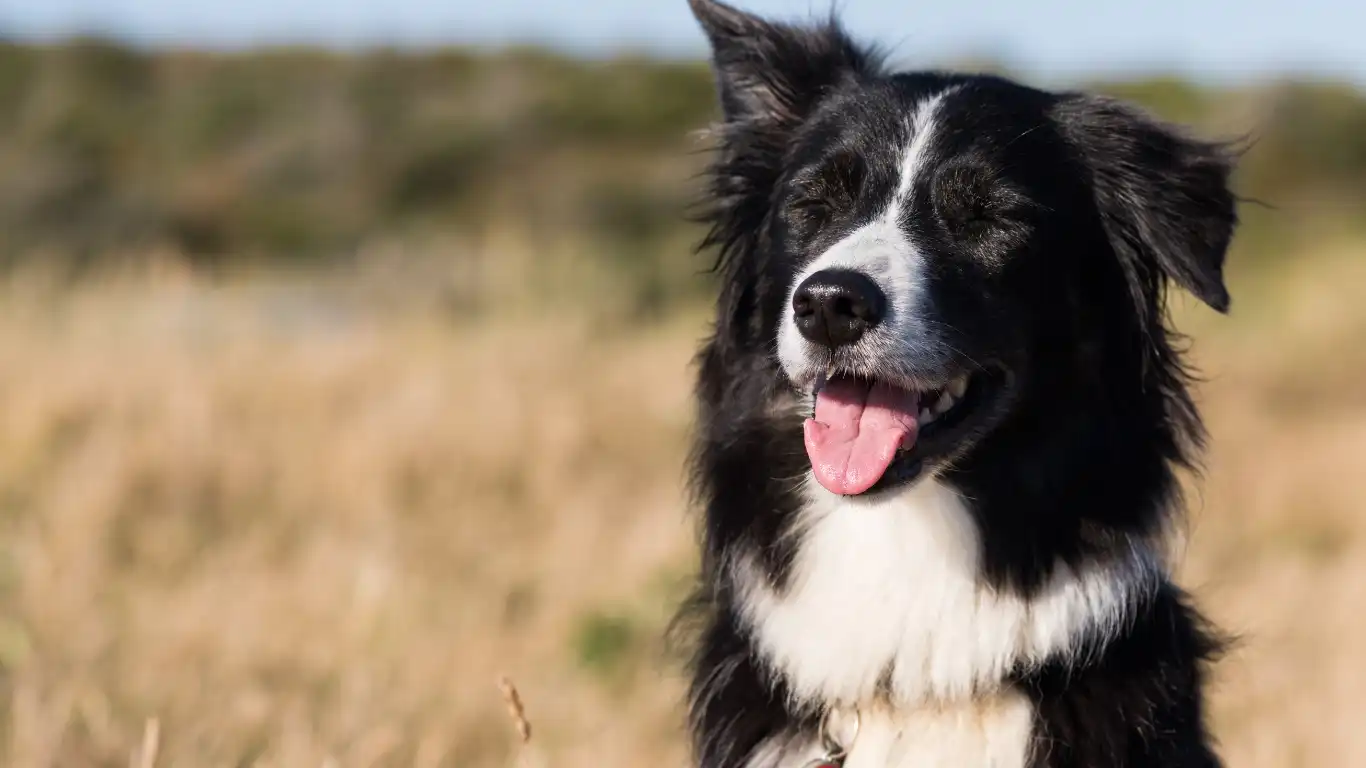
Not Every Walk Will Be Perfect—And That’s Okay
Let’s get real: not all dogs are ready to conquer new territory on day one. Some dogs might freeze, pull away, or even try to head back home. Totally normal. Don’t panic or force it—it’s more important to honor their signals than push for progress.
Watch for these stress signals:
- Tail tucked between the legs
- Constant stopping or pulling to go back
- Yawning, lip licking, or excessive sniffing (as a stress response)
- Whining or barking more than usual
As a vet tech, I’ve worked with dogs who were sensory-sensitive, meaning even small environmental changes would overwhelm them. If your dog seems nervous, pause and just sit with them for a bit. Let them process. Often, just having you stay calm helps ground them more than anything else.
Modify If You Need To
Here’s the thing—introducing dogs to a new walking route doesn’t mean you have to commit 100% the first day. I’m all about baby steps. Try combining part of a familiar path with a small section of the new one. Blend them together gradually. That way, it’s not a complete leap into the unknown.
One trick I use? I let the dog lead us back to a familiar route halfway through. It reinforces the idea that “Hey, this new place is okay—and we can go home when I’m ready.” You’d be surprised how quickly that builds confidence.
And if it totally flops? No shame in going back to basics. Sometimes, I’ll take a pup on a super short loop near the house with a treat every 30 seconds just to reset. It’s about building trust more than anything else.
Keep It Fresh: How to Introduce Dogs to a New Walking Route Regularly

Now that you’ve helped your pup settle into a new route, you might be thinking, “Cool, we nailed it—mission accomplished!” But here’s the thing… dogs thrive on variety. Just like we get bored walking the same loop every day, they do too. That’s why continuing to introduce new walking routes is such a game changer—for their health, confidence, and mental enrichment.
In my years working as a vet tech, I’ve seen how regular exposure to new environments actually supports behavioral stability. Dogs become less reactive, more focused, and frankly, just happier. You’d be amazed how often I’ve seen anxious or bored dogs turn a corner (literally and emotionally) just by switching up their walking routine.
Mix It Up Without Overwhelming Them
If your dog’s adjusted well to one new path, that’s a sign they might be ready for more. But instead of constantly introducing a brand-new street or trail, try rotating 2–3 routes weekly. I like to label mine in my head as “Chill,” “Scenic,” and “Challenge.”
- Chill: Short, familiar path for those low-energy days.
- Scenic: A walk with new smells, wildlife, or terrain. Think parks or trails.
- Challenge: Slightly longer, more stimulating walk—maybe with hills, stairs, or more people.
This keeps your pup mentally sharp without sensory overload. And don’t forget—dogs have off days too. If they seem off or hesitant, there’s no harm in falling back on a favorite route.
Social Elements: New Routes Mean New Faces
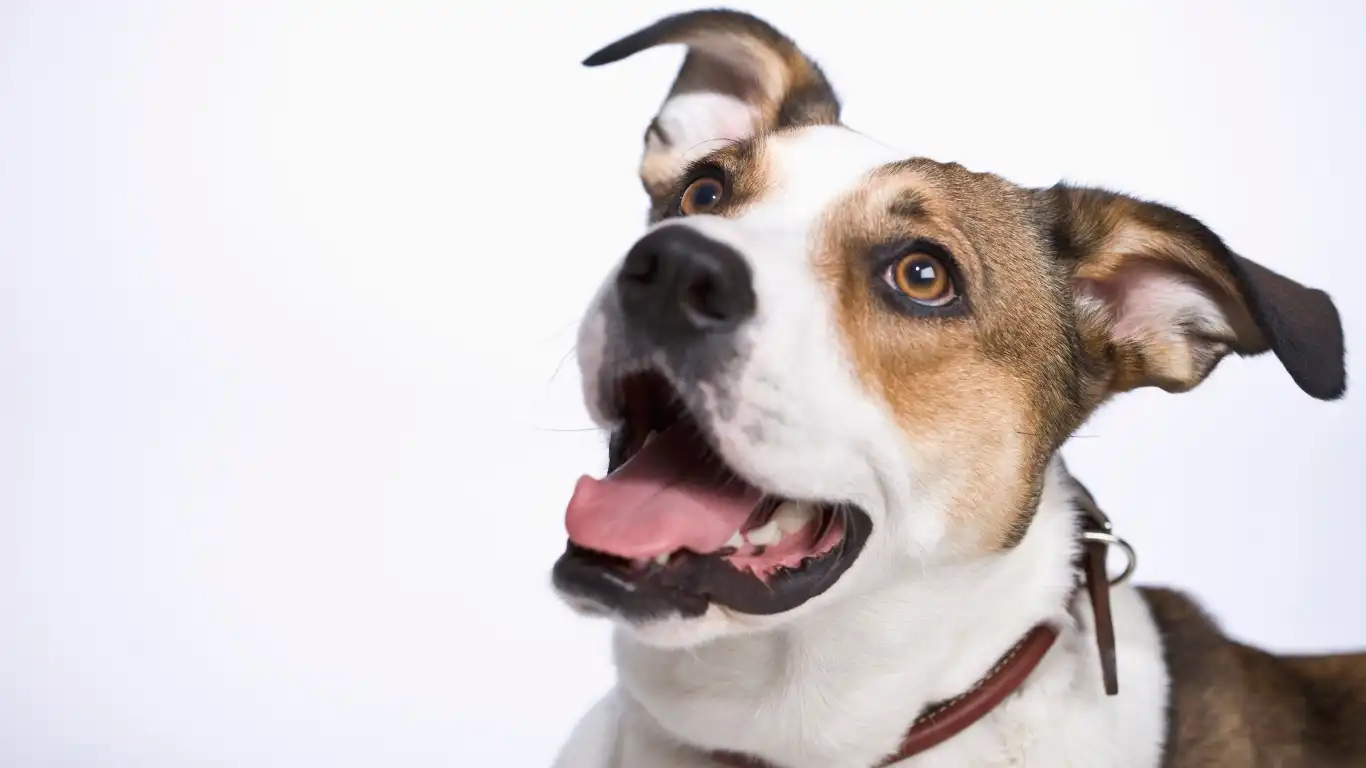
Safe Socialization on the Go
One of the sneaky benefits of exploring new areas? Natural opportunities for socialization. From passing other dogs to encountering joggers, strollers, and cyclists—it’s like a crash course in the real world. But here’s where experience matters: not all socialization is good socialization.
Always let your dog observe first. If they’re curious and approach calmly, that’s your green light. But if their body stiffens, tail tucks, or ears go back? That’s your cue to redirect or move along. In clinic settings, we often advise clients to reward calm exposure more than forced interaction.
Oh, and never assume another dog wants to say hi. A friendly sniff can turn into a snarl real quick if boundaries aren’t respected.
Watch for Triggers in New Areas
Some dogs have what I call “surprise triggers.” They’re fine until they aren’t—like a sudden freak-out over a statue, a loud trash truck, or even a man in a hat (yep, I’ve seen that one). New routes increase the chance of these moments, but that’s not a bad thing. It’s a teaching opportunity.
My go-to trick? Create space. Cross the street, stand behind a car, or pop into a quiet driveway until the stimulus passes. Stay chill, reward calm behavior, and keep it moving. That calm, neutral exposure pays off in the long run.
Walking Gear That Helps With Transitions
Don’t Underestimate the Power of the Right Gear
Introducing dogs to new walking routes can be a total breeze—or a total tug-of-war—depending on what you’re using. Over the years, I’ve tested (and re-tested) everything from fancy harnesses to budget leashes. The right gear doesn’t just give you control, it also gives your dog confidence.
Here are my top choices:
- No-pull harness: Ideal for new environments where excitement might lead to pulling.
- Standard 4–6 ft leash: Avoid retractables in unfamiliar places—they limit your control.
- ID tags and GPS collar: Especially crucial on new routes. Better safe than sorry!
One client’s pup slipped out of a collar in a busy neighborhood during their first walk on a new path. Fortunately, she was chipped and had GPS on her collar—but that panic moment was enough to make me double-check gear every time since.
Final Thoughts: Tune In to Your Dog’s Needs
At the end of the day, how to introduce dogs to a new walking route isn’t a one-size-fits-all formula. It’s a dance between patience, preparation, and knowing your dog’s unique needs. From my experience in clinical nutrition to behavior consulting, it’s always the dogs who feel heard—yes, even without words—who thrive the most.
If you stay flexible, make it fun, and use each new route as a bonding moment, you’ll have a dog who’s not just comfortable in new places—but excited by them.
Remember, variety isn’t just the spice of life… it’s the secret to a happy, healthy, well-rounded pup.
Helpful Resources & References:
Disclaimer: This article is based on personal experience and professional knowledge as a veterinary technician/nurse. It is not intended to replace medical advice from your veterinarian. Always consult your vet if your dog displays signs of distress, aggression, or unusual behavior during walks.


